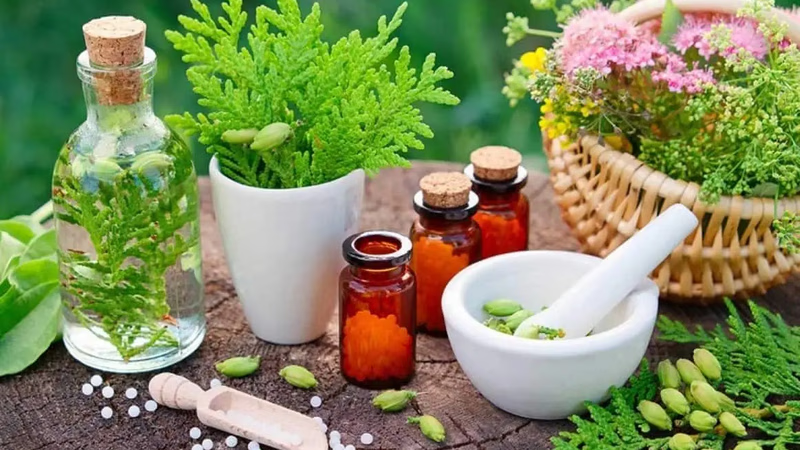
Medicinal plants play a crucial role in modern medicine and trade.
Medicinal plants are used to treat and prevent diseases and maintain health in various medical systems. They are considered as natural sources of active chemical compounds, nutrients, antioxidants and other compounds that have therapeutic properties. In traditional medicine, the use of medicinal plants as a treatment has a long history and exists in different cultures and traditions of the world. In this system, medicinal plants are used as medicines, teas, extracts, extracts and powders.
In addition to traditional medicine, the use of medicinal plants is increasing in modern medicine. Many active compounds found in medicinal plants are used as primary molecules for the manufacture of drugs and medical products. Scientific research on medicinal plants has shown that they can be effective in the treatment of various diseases such as cardiovascular diseases, cancer, inflammation, infectious diseases and neurological disorders. Also, complementary and alternative treatments also use medicinal plants. For example, in acupuncture, acupuncture, traditional Chinese medicine and Ayurvedic medicine, prescriptions of medicinal plants are used to improve and balance the body.
Large pharmaceutical companies around the world use medicinal plants in the production of their medicines. In fact, many drugs that are available in pharmacies contain active substances derived from or extracts from medicinal plants. Listed below are examples of medicines that are produced from medicinal plants:
- Digoxin : This drug, which is used to treat heart diseases, is obtained from the extract of the digitalis plant.
- Tamoxifen : This drug is used to treat breast cancer and is a derivative of the Tamoxifen plant.
- Paclitaxel : This drug, which is used in the treatment of some types of cancer such as breast cancer, is obtained from the extract of the Taxus plant.
- Aspirin tablets : Aspirin, which is used to reduce inflammation, relieve pain and prevent bleeding, is traditionally obtained from the willow bark plant.
- Ginkgo biloba : The extract of this plant is used to improve mental performance and memory and is available as a dietary and medicinal supplement.
Herbal compounds may be used alone or in combination with other chemicals to produce the final drug. Some medicinal plants are used as raw materials for the production of herbal medicines. In this method, the active compounds of plants are standardized and are offered in the form of tablets, capsules, extracts and herbal pills available in the market. In the sweating method, some medicinal plants are used to extract their active compounds using dissolved solutions in water and alcohol. These solutions, known as extracts, can be used raw or as raw materials for the production of drugs.
Medicinal plants are also used with extraction to extract their active compounds in the form of high concentrations in molten solutions. After extraction, the solution can be partially distilled to obtain a higher concentration. These extracts may be available in liquid, powdered or dried form and are used to produce pharmaceuticals and dietary supplements. Some medicinal plants are available dried and packaged. These herbs may be available as shaved or whole. They are commonly used to prepare herbal teas, dry extracts, various compounds and also for use in other compounds.
In modern medicine, there are other ways to use herbs, including the use of aromatic oils, herbs in food preparation, the use of herbs in topical sprays and creams, the use of herbs in massage and natural therapies, and The use of medicinal plants in cosmetic products. The use of medicinal plants in modern medicine is still the subject of scientific research and studies. More research is being done to investigate the therapeutic properties and side effects of medicinal plants on human diseases and health in more detail. Also, interactions between medicinal plants and chemical drugs are also investigated to determine the possibility of drug interactions between medicinal plants and other drugs.
-
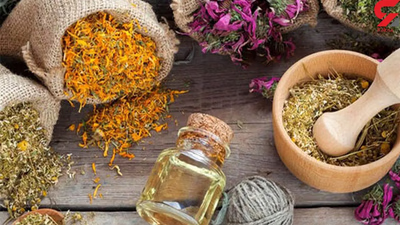
West Asia is home to a rich diversity of native medicinal plants, integral to the region"s biodiversity and traditional medicine. Countries such as Iran, Iraq, Syria, and Saudi Arabia host various indigenous species that thrive in their unique climates and soils. These plants are not only used locally for treating ailments but also play a significant role in the pharmaceutical industry due to their effective compounds. Notable examples include Ginger, Saffron, Mint, Thyme, Chamomile, Tarragon beans, and Cardamom. Each plant has specific medicinal properties; for instance, Ginger aids digestion and reduces inflammation, while Saffron serves as an antidepressant. The region"s climatic conditions contribute to the growth of these plants, which have been utilized in traditional medicine for centuries. The extraction methods for their active components may differ from modern techniques used elsewhere. The unique characteristics of West Asian medicinal plants highlight their importance in both local cultures and global markets.
-
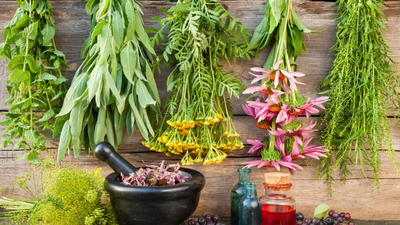
Original wild medicinal plants are those that grow naturally without human intervention, retaining their original properties. These plants are crucial for the pharmaceutical and medical industries, serving as raw materials for various treatments. Key regions for sourcing these plants include South America, Africa, Asia, and Europe. Notable examples of medicinal plants include Siberian Ginseng, Gotu Kola, St. John"s Wort, and Ginger, each known for specific health benefits such as boosting immunity or alleviating digestive issues. The use of these plants not only supports biodiversity but also provides sustainable resources for health care. Their historical significance in traditional medicine underscores their therapeutic potential and genetic diversity. As the demand for natural remedies grows, understanding the origins and benefits of these wild plants becomes increasingly important for businesses involved in the B2B marketplace across Asia and the Middle East. "
-
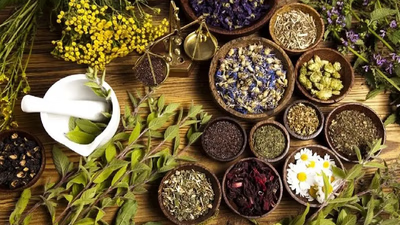
Medicinal plants hold significant economic value, influenced by factors such as demand, supply, and unique properties. Key plants like Digitalis, Poppy, Saffron, Ginseng, Aloe Vera, Clove, Mint, and Fennel Flower are highlighted for their strategic importance. Digitalis is crucial for heart disease treatment; Poppy is a primary source of narcotics; Saffron is valued for its anti-inflammatory properties; Ginseng boosts immunity and energy; Aloe Vera is essential in skincare; Clove aids in anxiety relief; Mint serves various health applications; and Fennel Flower is prominent in the Middle East. The strategic value of these plants can be affected by legal restrictions and environmental conditions. Countries like Iran, Turkey, and Saudi Arabia are key players in the production and trade of these medicinal plants. Market demand can fluctuate based on traditional medicine practices and scientific validation of their uses. The potential for research and development in this sector further enhances the strategic value of these plants.
-

Medicinal plants serve as vital resources in both traditional and modern medicine, offering a range of therapeutic properties. Historically, these plants have been utilized across various cultures for treating ailments through methods such as teas, extracts, and powders. In contemporary settings, the significance of medicinal plants has surged, with many active compounds being integral to drug development. Research indicates their efficacy in addressing numerous health issues, including cardiovascular diseases, cancer, and neurological disorders. Prominent pharmaceutical companies incorporate these natural compounds into their products; for instance, Digoxin from digitalis treats heart conditions, while Tamoxifen is derived from the Tamoxifen plant for breast cancer treatment. Other examples include Paclitaxel for cancer therapy and Aspirin from willow bark for inflammation relief. The extraction processes of medicinal plants yield concentrated active compounds used in various forms like tablets and capsules. Additionally, these plants are employed in herbal teas and dietary supplements. The exploration of medicinal plants continues to expand within modern medicine as ongoing research seeks to uncover their full therapeutic potential and interactions with conventional drugs.
-
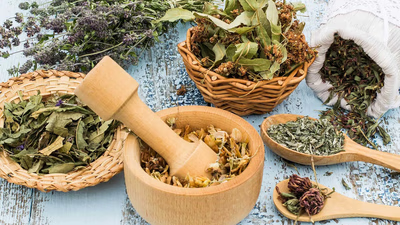
Medicinal plants, also referred to as medicinal herbs, are utilized for their therapeutic properties derived from various chemical compounds. These plants can be used in the production of medicines, nutritional supplements, and herbal remedies. Common examples include ginger, peppermint, and aloe vera, which possess antibacterial and anti-inflammatory properties. For a plant to be classified as medicinal, it must demonstrate effectiveness in treating diseases based on scientific studies and traditional use. Safety is paramount; any potential side effects must be evaluated against the benefits. Additionally, these plants should be affordable and accessible for commercial production. Medicinal plants can thrive in natural environments or controlled greenhouse conditions to ensure optimal growth. The cultivation of these plants not only supports health applications but also contributes to biodiversity preservation by maintaining wild species that may have unique medicinal properties.





